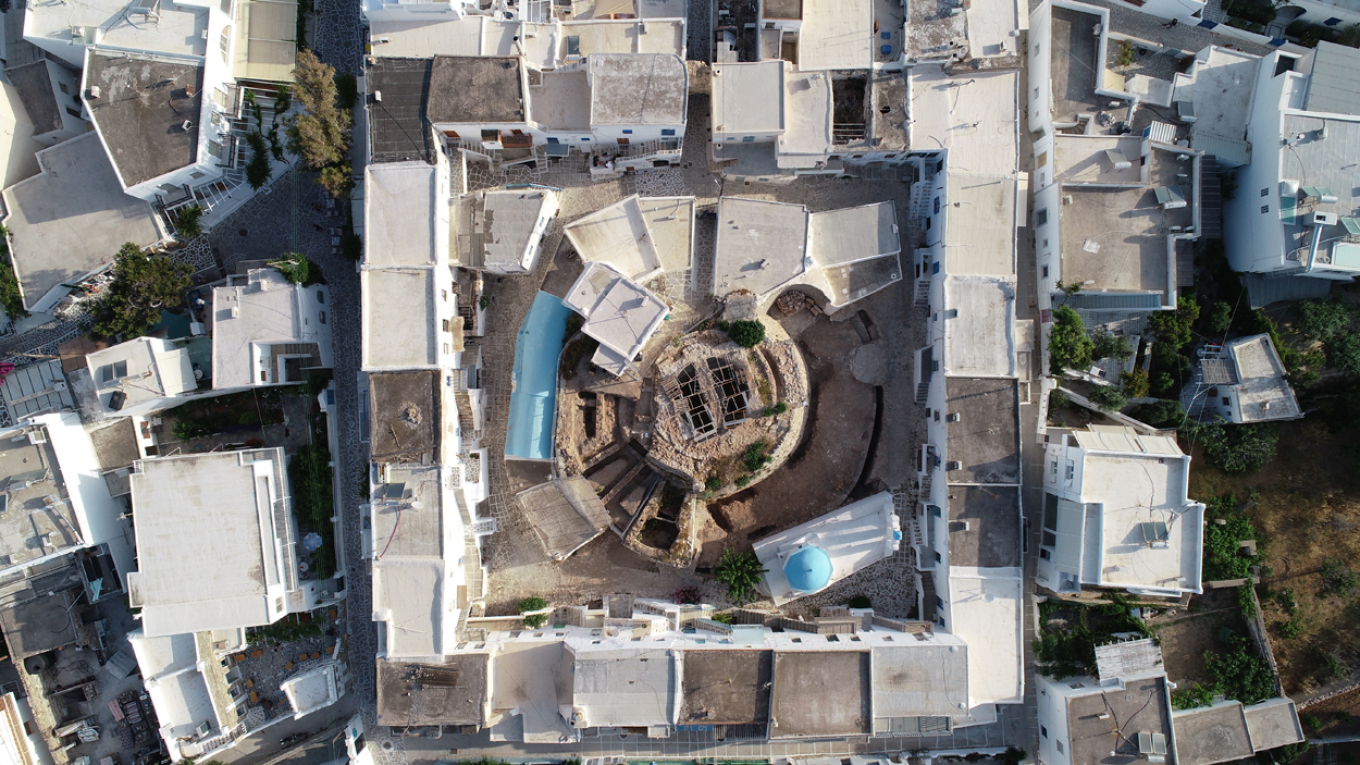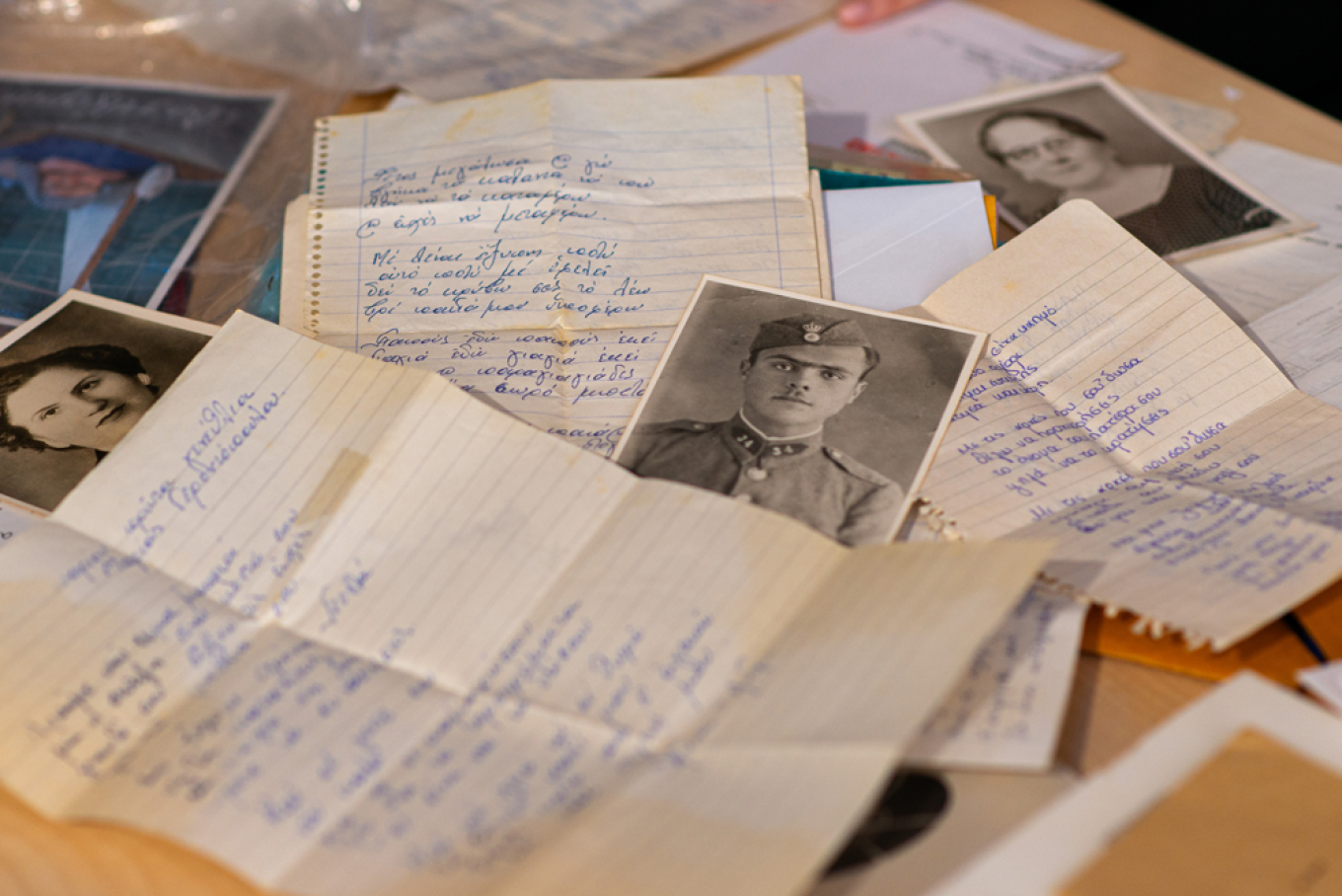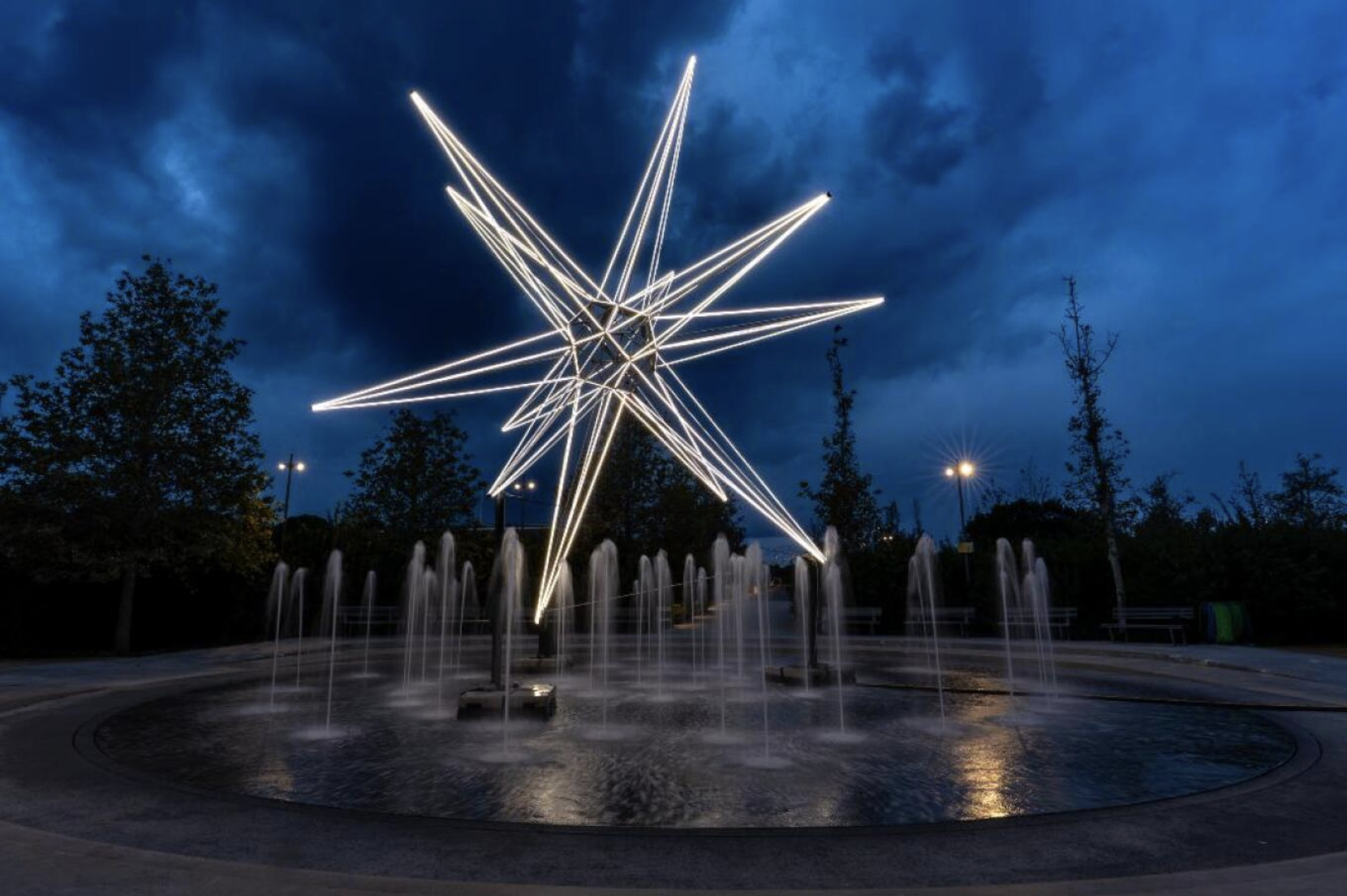It is fitting for a museum named after the Cyclades to care for the protection of both the natural and cultural heritage, as well as for the present and future identity of the islands through a new initiative titled Cycladic Identity.
In addition to focusing on cultural preservation, this initiative prioritizes Culture, Biodiversity, and Intangible Cultural Heritage. It functions as a platform for attracting and distributing resources to programs implemented by organizations active in the islands.
Thanks to this initiative, some positive outcomes have already emerged, allowing us to once again discuss the identity and character of the Cyclades.

This year, seven additional programs have been selected, aiming to revive traditional games in Amorgos and reconstruct dry stone walls in Sifnos using traditional methods, as well as to rejuvenate old traditional feasts and carnival dances in Syros. We will also witness the amazing weavers from the Zisiamto factory, sharing their stories and showcasing their beautiful craft.
Additionally, the Venetian Castle of Antiparos will finally be highlighted, representing a historical example from the Venetian era, thanks to the Architectural Documentation/Recording Study of the Castle of Antiparos.
What Actions Does the Cycladic Identity Initiative Include?
These are just a few examples of the revival of cultural heritage through seven programs that promote the preservation, restoration, and enhancement of Cycladic identity, added to the existing nine programs. One notable initiative is the inter-Cycladic “Greek Islands Trail – Cyclades,” implemented by the Social Cooperative Enterprise for Collective and Social Benefit “Paths of Greece,” which aims to connect the best trails of each island in a unified hiking route of 150-200 kilometers that will pass through all the Cyclades.

Among the actions planned is the creation of a website based on maps from Outdooractive, the world’s largest adventure tourism platform, detailing each route and the means of transportation between the islands.
“The Museum of Cycladic Art would not exist today without the islands of the Cyclades and their culture, which we have been promoting with great love since 1986, thanks to Dolly Goulandris.

This initiative is our practical thank you to the islands that constitute our reason for existence,” stated Sandra Marinopoulou, president and CEO of the Museum of Cycladic Art, during the presentation of the new programs that will take place in Amorgos, Antiparos, Sikinos, Sifnos, Syros, and an inter-Cycladic program.
The Evolution of the Cyclades and the Challenges Residents Face
Following the completion of the nine programs from the first phase, the members of the Scientific Committee, including Dr. Dimitris Athanassoulis, director of the Cyclades Antiquities Authority, Dr. Michael Boyd, co-director of the excavation at Keros, Dimitris Karavellas, general director of WWF Greece, and Dr. Angeliki Kosmopoulou, an archaeologist and sustainability consultant, evaluated proposals for the second phase based on predetermined criteria and selected nine additional programs.

Additionally, to inform the general public about issues concerning the past and future of the Cyclades, the Cycladic Identity initiative is hosting a seminar on October 30 titled: “Tradition vs. Evolution: The Coexistence of the Past with the Future in the Cyclades.” Thematic discussions will explore how traditional values and the cultural heritage of the Cyclades can harmoniously coexist with modern needs and sustainable development.
These discussions will examine the challenges faced by the islands and the opportunities arising from a shift to an environmentally respectful economy. Importantly, the voices of the people living there will be heard, highlighting their concerns and aspirations.
Ask me anything
Explore related questions





